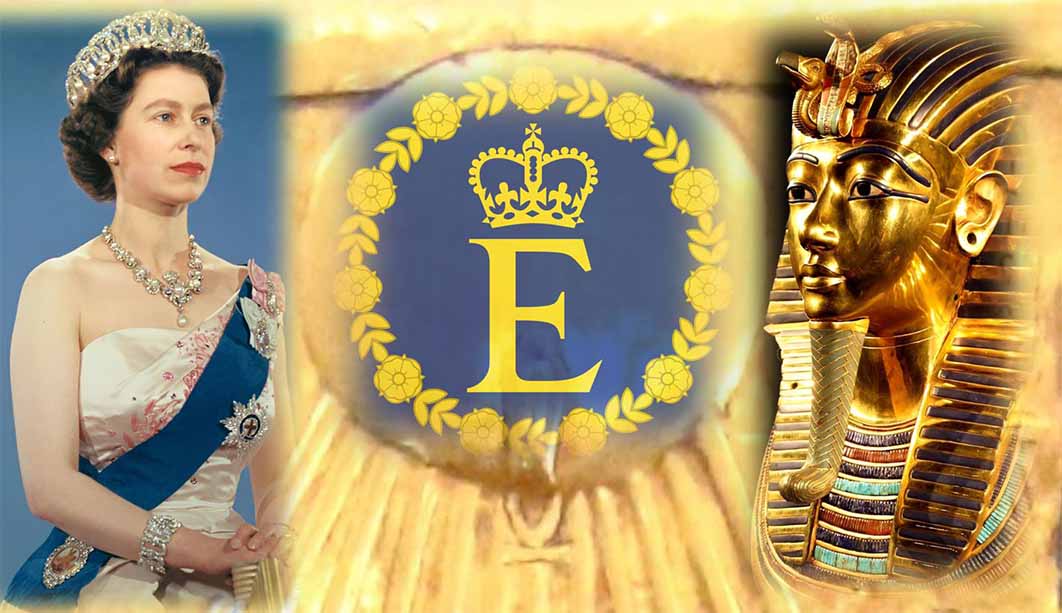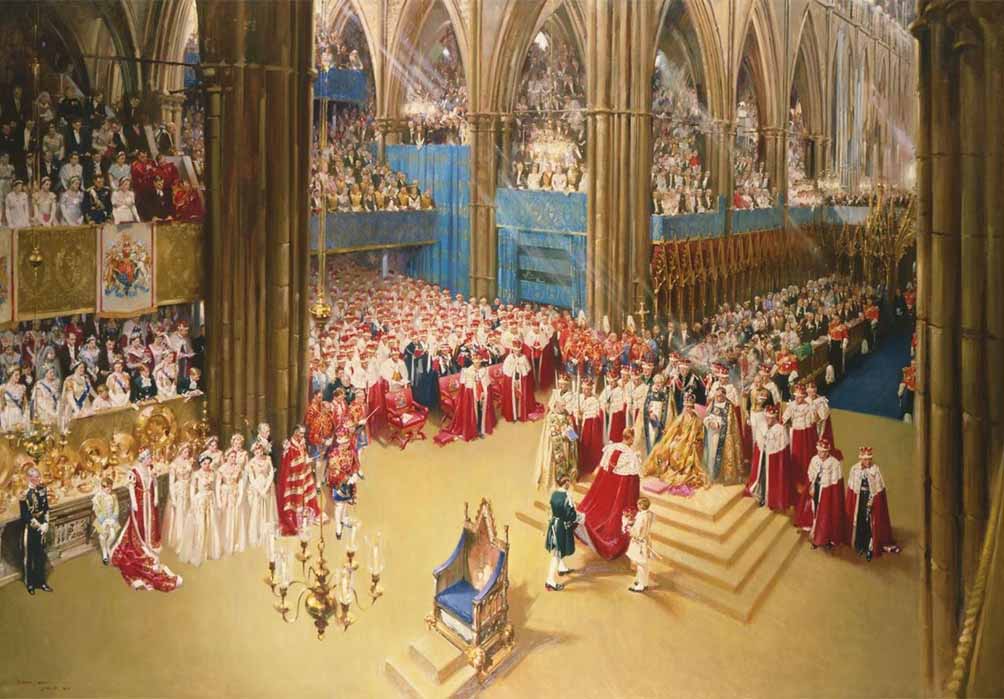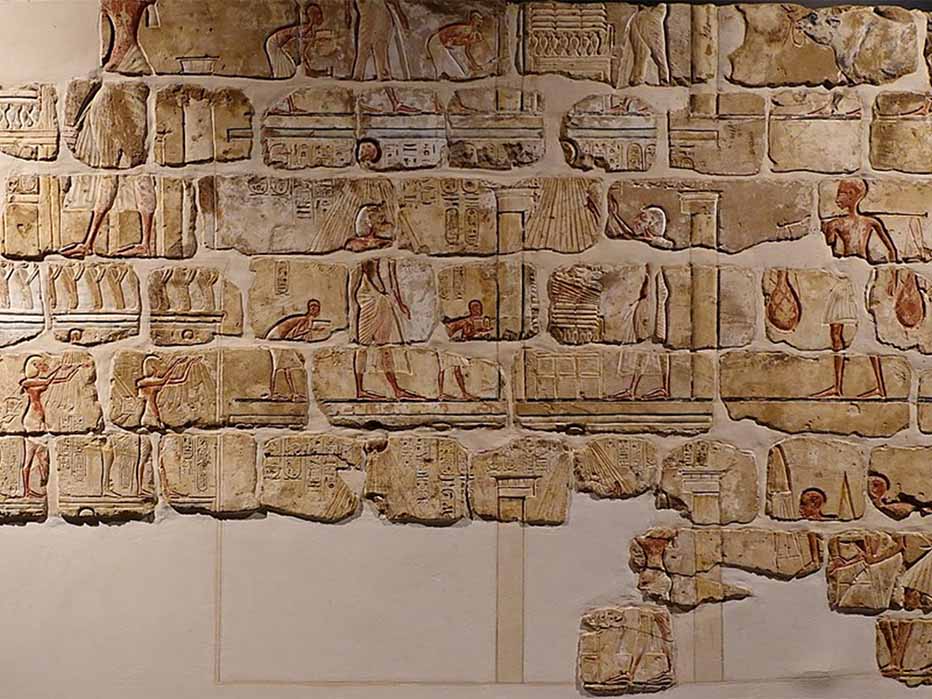
From Empire To Eternity: Correlations Between Queen Elizabeth II And King Tutankhamun
The year 2022 marks an incredibly important year, both for the late, great Queen Elizabeth II, as well as for the most famous ancient Egyptian pharaoh, King Tutankhamun. It marks the 70th Anniversary and Platinum Jubilee, as well as the unfortunate passing of Queen Elizabeth II, the longest reigning monarch of the British Empire. It also marks the 100th anniversary of the discovery of King Tutankhamun’s tomb in the Valley of the Kings, Egypt. While these two figures may seem as far apart as two people of history could be, upon closer scrutiny they in fact share many bonds. Although Queen Elizabeth II never actually visited Egypt during her life, she did visit the famous “Treasures of Tutankhamun” exhibit at the British Museum in 1972. Many pictures from that day in March show the monarch patiently admiring the golden funerary mask of the Boy King, exotic yet somehow strangely familiar. Was she the inheritor of a legacy first established under this ancient Empire?

Panorama photo of the tomb of Tutankhamun (Image: Courtesy Jonathon Perrin)
From Coronation to Jubilation
Tutankhamun came to the Egyptian throne sometime around 1335 BC at only nine years of age, a true Boy King. He was born during a time of great political strife, inheriting a massive empire that spanned the known world and that had just been shaken to its core by the monotheistic rebellion of his uncle, Pharaoh Akhenaten. Chaos, according to contemporary inscriptions, had overtaken the land. Consequently, with the guidance of his military advisors, King Tutankhamun helped steer the country back to its previous orthodoxy, re-opening shuttered temples to outlawed gods, recasting new idols of gold and silver, and returning banished priests to their former positions.
While there is no evidence available on King Tutankhamun’s coronation, one can gain an idea of what it would have been like from another pharaoh’s coronation. The Coronation Inscription of Horemheb, King Tut’s military general who eventually became king, reads that: “the entire people were in joy and they cried aloud to heaven. Great and small seized upon gladness, the whole earth rejoiced.” This sounds similar to the celebrations during the coronation ceremony in 1953 of Queen Elizabeth II: “The people signified their willingness and joy, by loud and repeated acclamations.”

The Coronation of Queen Elizabeth II, June 2, 1953, London, England. Library and Archives Canada (Public Domain)
Queen Elizabeth II likewise came to the throne as a young lady. She was 25 when she inherited a massive empire with an impressive history. In contrast to King Tutankhamun, who died young with no heirs, Queen Elizabeth lived to become 96 years old, celebrating three jubilees during her reign. What is a jubilee exactly? Defined as a “special anniversary”, it has surprisingly ancient roots that stretch back to the time of King Tut.
‘Jubilee’ comes from the combination of the Latin words iubilaeus (the Jubilee year) with iubilare (to shout with joy). These in turn derived from the Hebrew word yovel, or ‘ram’ and referred specifically to the shofar ram’s horn which was blown every 50th year on the Jewish holiday of Yom Kippur to announce the Jubilee Year. It was a special time during which all debts were cancelled, all slaves were set free, and the land was returned to its original owners. This was based on the earlier Egyptian Heb-Sed, “Festival of Sed”, or Jubilee.






